When To Consider an Iron Filter for Your Well Water
Iron might be essential for your health, but when it comes to your well water, too much of this mineral creates serious headaches for homeowners. Many people discover iron problems only after noticing orange stains spreading across their bathroom fixtures or tasting something metallic in their morning coffee.
Understanding when you need an iron filter can save you from costly repairs, frustrating maintenance issues, and water that simply doesn't taste or look right. Learn when it's time to consider an iron filter for your well water with this guide.
Understanding Iron in Well Water
Iron enters well water through completely natural geological processes. As groundwater moves through iron-rich soil and rock formations, it dissolves minerals and carries them along. Areas with sandstone, limestone, and certain clay formations tend to have higher iron concentrations in their groundwater. The depth of your well, local geology, and seasonal water table changes all influence how much iron your water contains.
Well water contains two distinct types of iron, each presenting unique challenges for homeowners.
Ferrous Iron
Ferrous iron, also called dissolved iron, remains invisible in your water until it contacts oxygen. This clear iron transforms into visible rust-colored particles when exposed to air, which explains why your water might look clear coming from the tap but turn orange after sitting in a glass.
Ferric Iron
Ferric iron has already oxidized before reaching your faucet, creating the rusty, reddish-brown particles you can see floating in your water. This oxidized form settles at the bottom of containers and leaves visible stains on everything it touches.
Signs You Need an Iron Filter

While iron itself isn't harmful to drink, elevated levels create problems that affect your daily life in noticeable ways. If you notice any of these signs, it’s time to consider an iron filter for your well water.
Fixtures, Sinks, and Tubs
Your fixtures and laundry provide the most obvious clues about iron problems in your well water. Reddish-brown stains that appear on sinks, toilets, bathtubs, and shower walls indicate iron oxidation occurring after water reaches these surfaces. These stains start small but gradually spread and become increasingly difficult to remove with standard cleaning products.
Metallic Taste and Smell
The taste and smell of your water also reveal iron contamination issues. Water with high iron content develops a distinct metallic flavor that becomes particularly noticeable in beverages like coffee and tea. Some homeowners describe the taste as similar to sucking on a penny or drinking water from a rusty container. Along with this metallic taste often comes an unpleasant odor that ranges from slightly musty to strongly metallic.
Visible Sediment
Visible sediment provides another clear indicator of iron problems. Orange, brown, or reddish particles that settle at the bottom of glasses or appear when you first turn on faucets after periods of non-use signal oxidized iron in your water supply. This sediment often increases after heavy rains or during seasonal changes when groundwater patterns shift.
Problems With the Plumbing
Your plumbing system itself suffers when iron levels remain high over extended periods. Iron particles accumulate inside pipes, creating blockages that reduce water pressure and flow rates throughout your home. Appliances like water heaters, washing machines, and dishwashers develop mineral buildup that reduces efficiency and shortens their operational lifespan. Hot water systems face particular challenges since heat accelerates iron oxidation processes.
Iron Bacteria
Iron bacteria creates additional problems that extend beyond simple mineral contamination. This biological growth produces a slimy film that appears in toilet tanks, creates stringy formations around faucets, and generates strong musty odors throughout your water system. The bacteria itself doesn't pose health risks, but it creates an environment where harmful bacteria could potentially develop if left untreated.
Types of Iron Filters
Oxidation filtration systems tackle iron contamination by accelerating the natural oxidation process that converts dissolved ferrous iron into filterable ferric particles. These systems inject air or other oxidizing agents into your water supply, forcing rapid chemical changes that transform invisible dissolved iron into visible particles. Once oxidation occurs, the system captures these newly formed particles through specialized filter media designed to trap iron sediment.
Mechanical filtration approaches focus on physically removing iron particles that have already oxidized. These systems use various filter media types, including sand, activated carbon, or specialized synthetic materials that capture iron particles as water passes through. The effectiveness of mechanical filtration depends heavily on the size and consistency of iron particles in your water supply.
Choosing the Right Filter
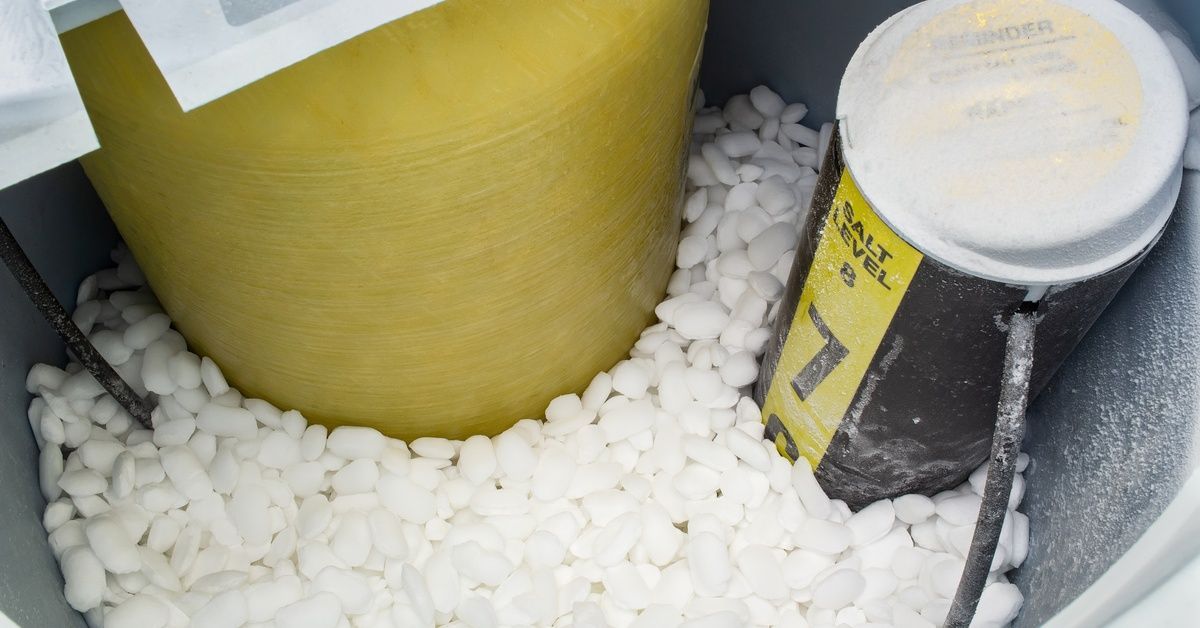
Several factors determine which iron filtration approach works best for your specific situation. The concentration of iron in your water supply directly impacts filtration requirements, with higher levels demanding more robust treatment systems. Water testing reveals exact iron levels and helps identify which type of iron dominates your water supply.
Your household's daily water usage influences system sizing and capacity requirements. Larger families or homes with high water consumption need filtration systems capable of handling greater flow rates without losing effectiveness. The system must maintain adequate water pressure throughout your home while providing consistent iron removal performance.
Water pH levels affect iron filtration efficiency significantly. Some filtration methods work optimally within specific pH ranges, while others provide consistent performance across broader pH variations. Testing reveals your water's pH characteristics and helps identify filtration systems that will perform reliably over time.
The presence of other contaminants alongside iron may require comprehensive treatment approaches rather than iron-specific solutions. Sulfur, manganese, and bacteria often accompany iron contamination, creating complex water quality issues that demand multi-stage treatment systems.
Professional Testing and Consultation
Accurate water testing provides essential information for selecting effective iron filtration systems. Professional testing identifies exact iron concentrations, determines which types of iron dominate your water supply, and reveals other contaminants that might affect filtration performance. This detailed analysis ensures you choose treatment systems designed for your specific water conditions.
Testing also establishes baseline measurements that help evaluate filtration system performance over time. Regular testing after installation confirms your system continues operating effectively and alerts you to maintenance needs before problems develop. Professional testing services provide detailed reports that water treatment specialists use to recommend appropriate solutions.
Water treatment specialists bring expertise that helps homeowners navigate complex filtration decisions. These professionals evaluate testing results, assess household needs, and recommend systems that provide reliable long-term performance. Their knowledge of local water conditions and geological factors helps ensure the selected system addresses your specific iron contamination challenges effectively.
Take Control of Your Water Quality
Iron contamination affects thousands of well water users across the country, but effective solutions exist for every situation. Recognizing the warning signs early allows you to address problems before they cause permanent damage to fixtures, appliances, and clothing.
If you’re looking for a hard water filter for your house, partner with Affordable Water today. Let our professionals help you find the right solution to preserve your home’s water quality.

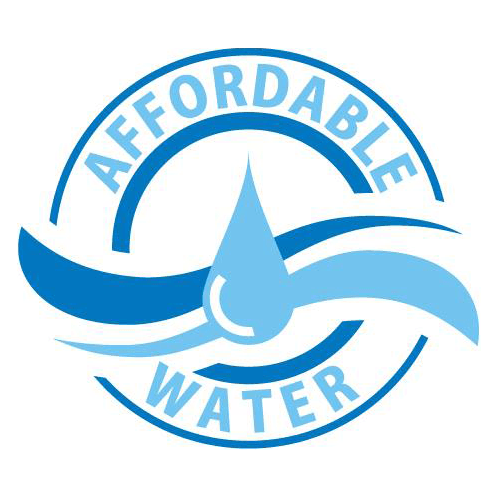

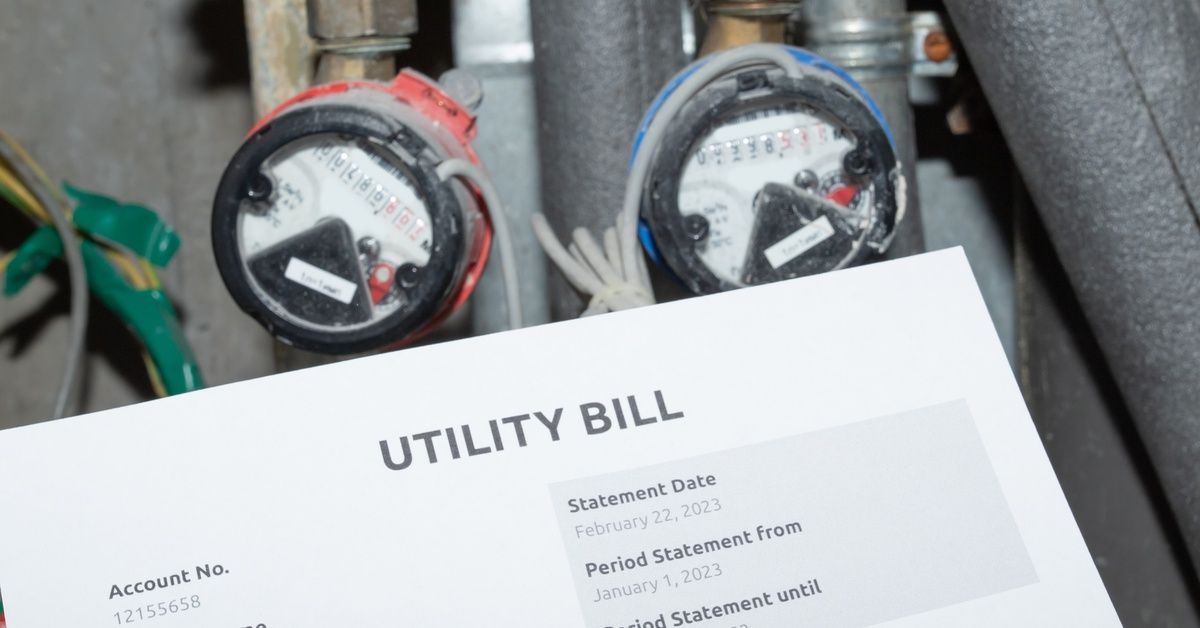

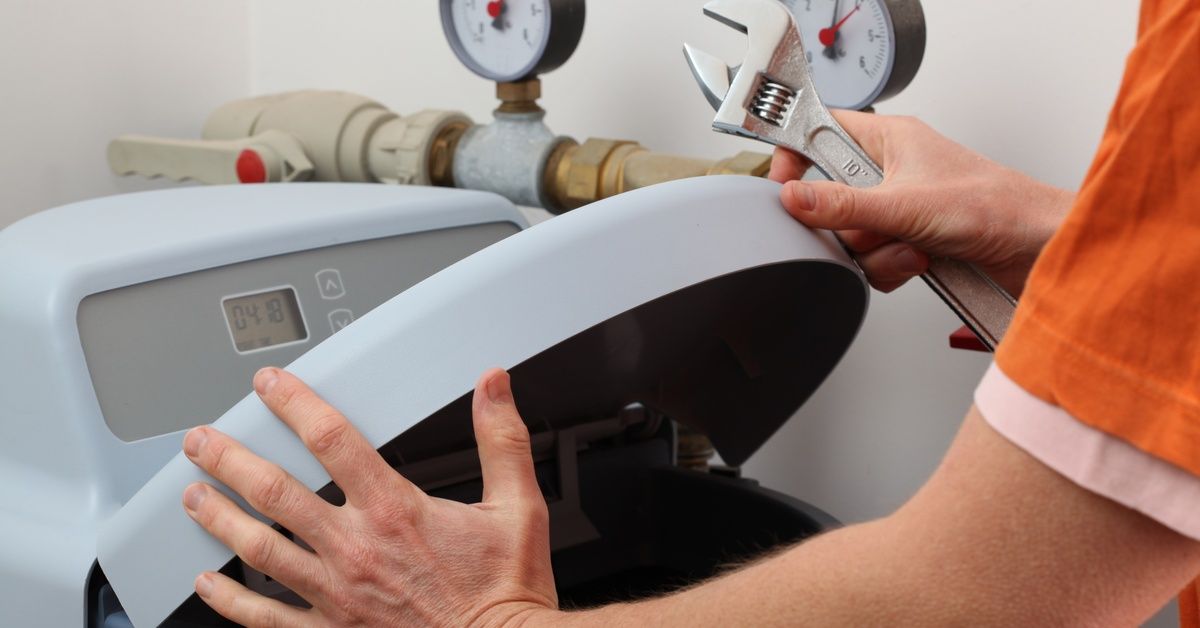
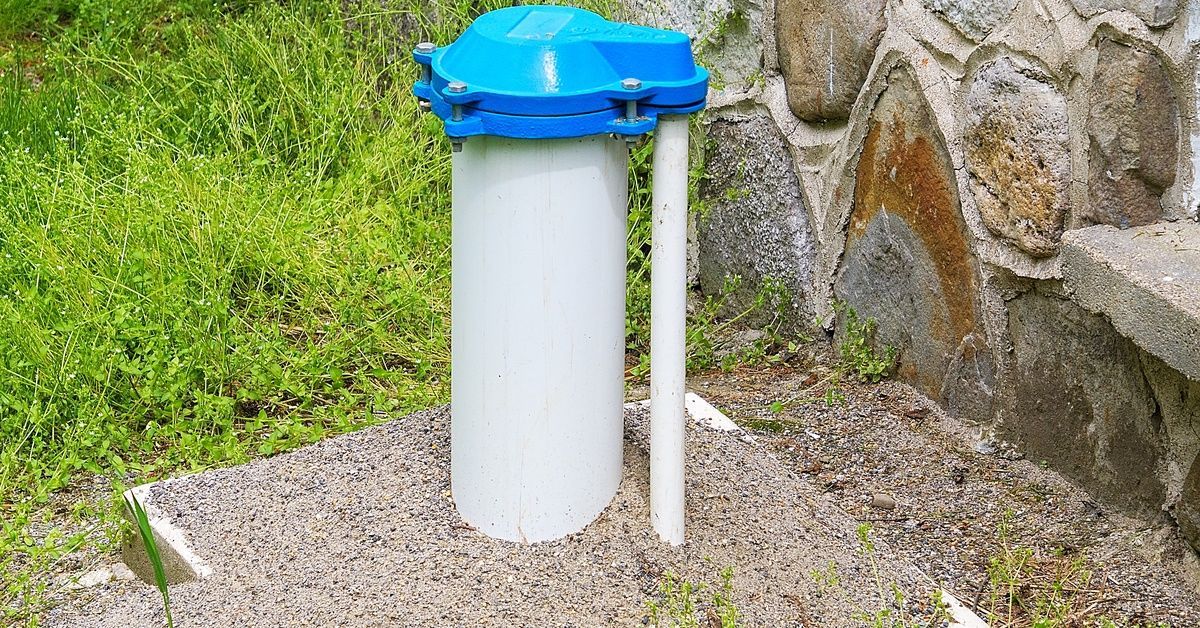
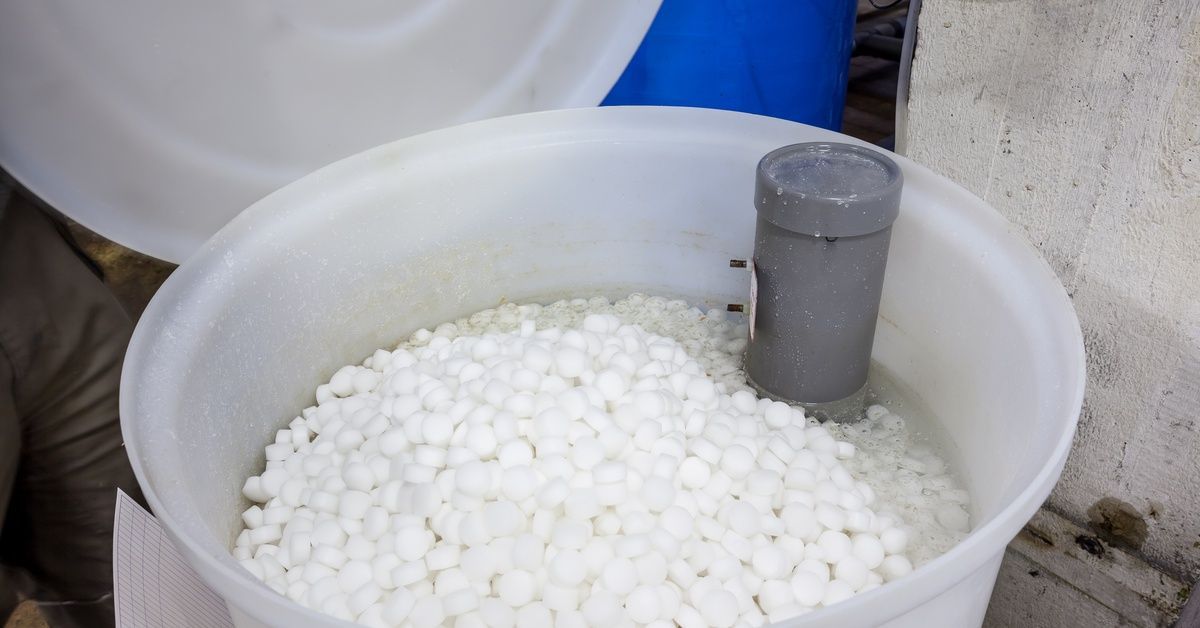

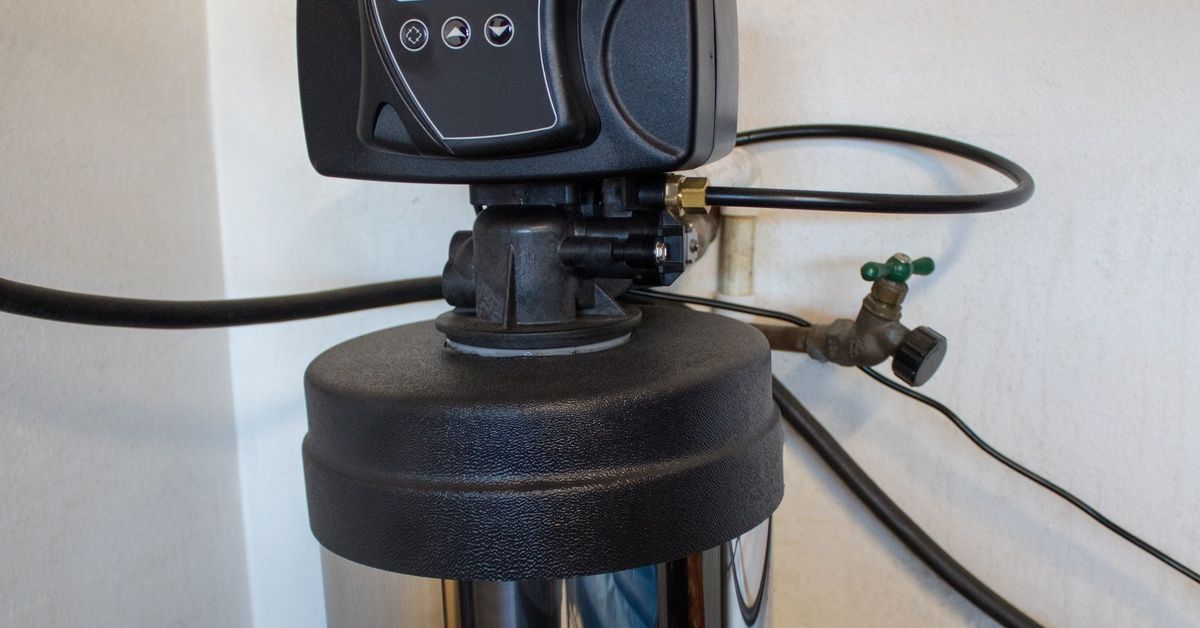

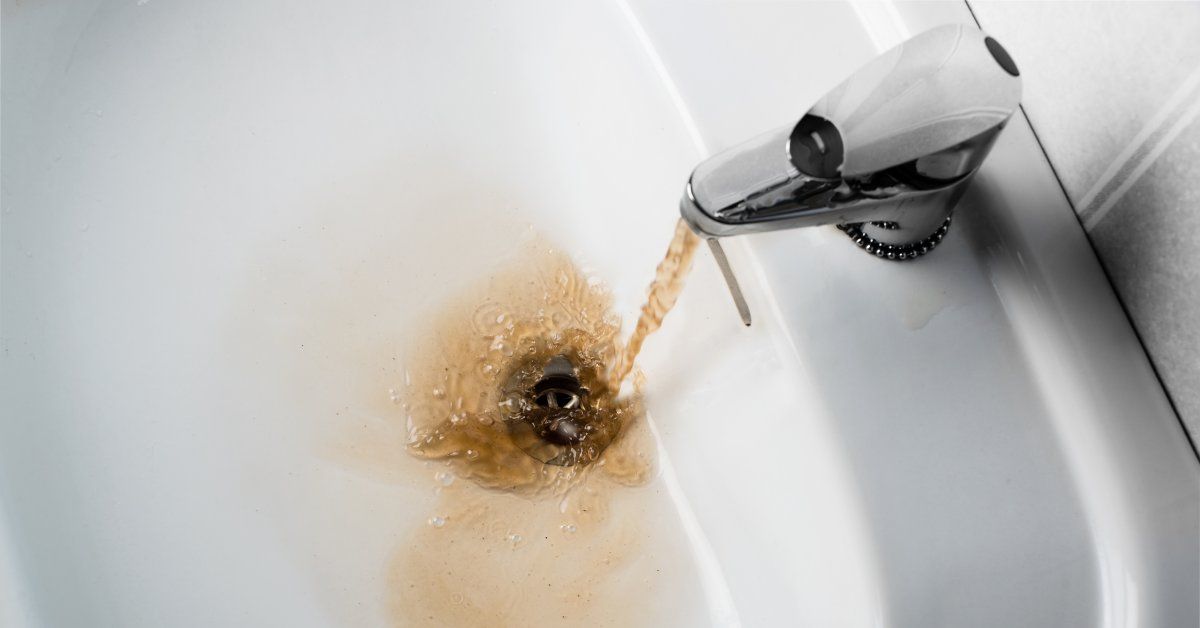
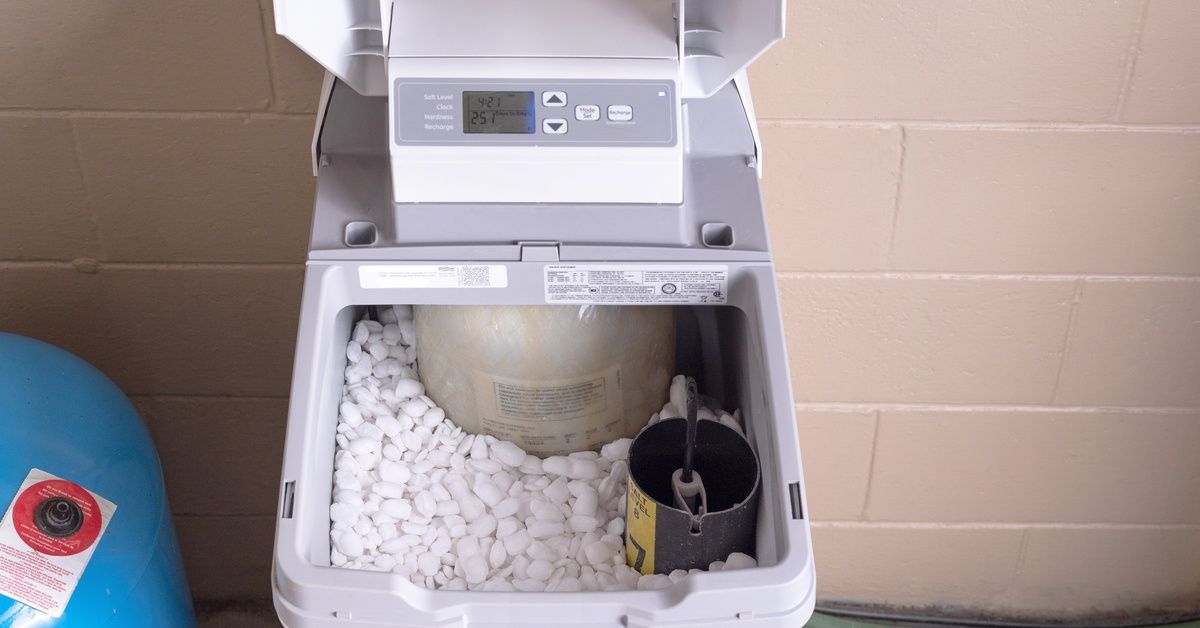
Share On: